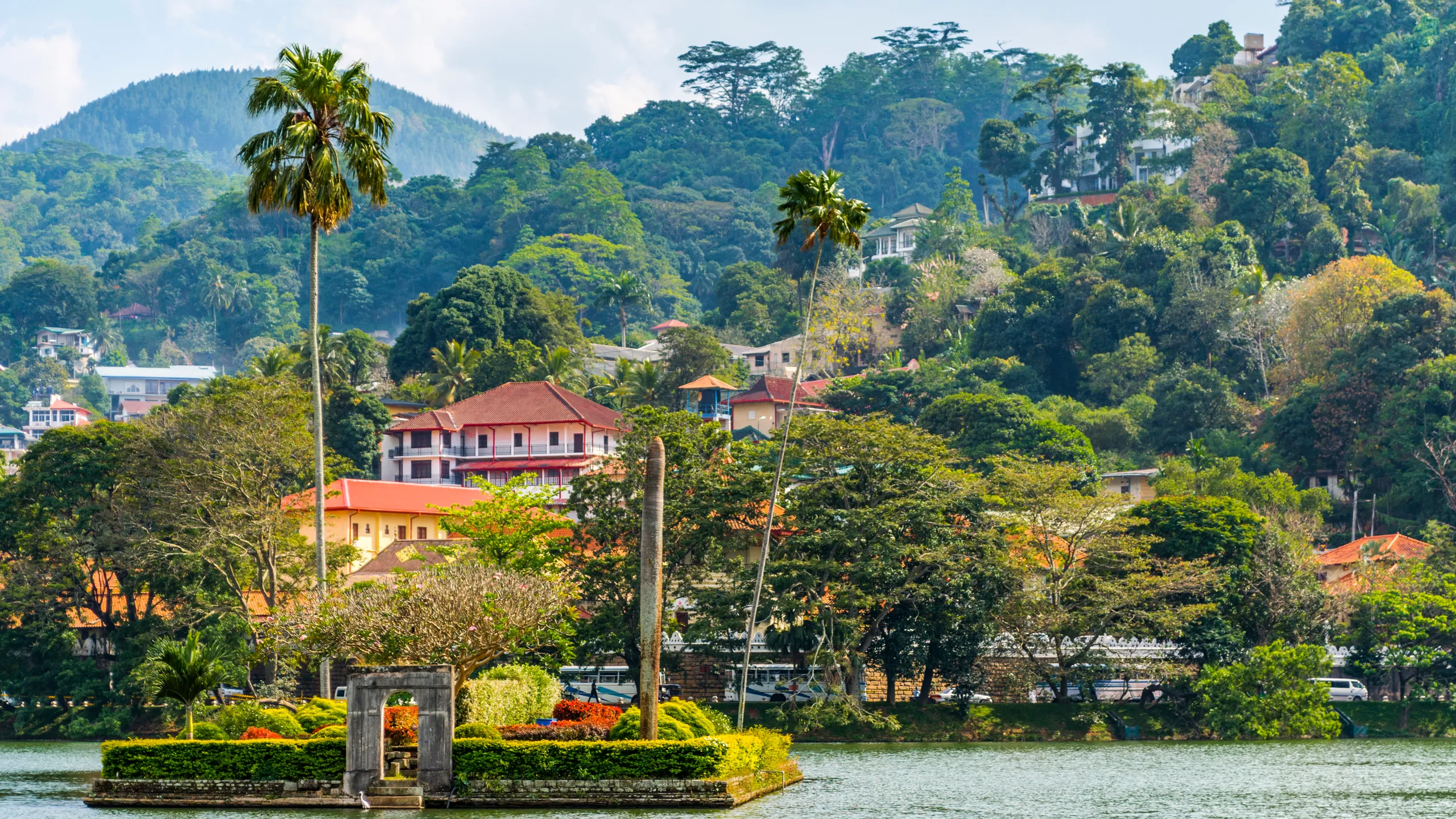Sri Lanka is a paradise not just for travelers but also for food lovers. The island’s cuisine reflects its rich cultural tapestry, blending influences from India, Malaysia, the Middle East, and Europe. Bursting with spices, textures, and flavors, Sri Lankan dishes offer a gastronomic adventure that delights the senses. Let’s take a closer look at the culinary treasures of this tropical island.
The Heart of Sri Lankan Cuisine: Rice and Curry
At the core of every Sri Lankan meal is the humble yet versatile rice and curry. A typical spread includes:
- Steamed rice: Often served plain, rice is the perfect canvas for bold curries.
- Fish or Meat Curries: Spicy and aromatic, these are usually made with coconut milk, a signature ingredient in Sri Lankan cooking.
- Vegetable Dishes: Curries featuring eggplant, pumpkin, or jackfruit are a staple, offering a medley of flavors.
- Pol Sambol: A tangy and fiery coconut relish that elevates any meal.
Each curry has a distinct taste, and the combination creates a symphony of flavors that is uniquely Sri Lankan.
Street Food: A Flavorful Adventure
Sri Lanka’s street food scene is vibrant and diverse, offering an explosion of tastes for those willing to explore. Popular options include:
- Kottu Roti: A beloved dish made by stir-frying chopped flatbread with vegetables, eggs, and meat or seafood. The rhythmic clanking sound of its preparation is iconic.
- Hoppers: Bowl-shaped pancakes made from a fermented rice flour batter. Enjoy plain hoppers with sambol or egg hoppers with a soft-cooked egg in the center.
- Short Eats: Bite-sized snacks like fish cutlets, vegetable samosas, and patties, perfect for on-the-go indulgence.
A walk through a bustling market or street food stall is a sensory experience, filled with enticing aromas and vibrant colors.
Cooking with Locals: A Hands-On Experience
One of the best ways to immerse yourself in Sri Lanka’s culinary culture is to learn from the locals. Many villages and homestays offer cooking classes where you can:
- Prepare traditional dishes: Learn to use ancient tools like grinding stones and clay stoves.
- Understand spice blends: Discover the secrets of curry powders and spice combinations.
- Cook with fresh ingredients: Pick vegetables from a home garden or shop at a local market for the freshest produce.
These experiences not only teach you recipes but also provide insight into the daily life and traditions of Sri Lankan families.
Signature Flavors and Ingredients
Sri Lankan cuisine is characterized by its use of bold and fragrant spices. Key ingredients include:
- Coconut: Found in many forms, from coconut milk in curries to grated coconut in sambols.
- Spices: Cardamom, cinnamon, cloves, and curry leaves create the foundation of most dishes.
- Tamarind: Adds a tangy kick to curries and chutneys.
- Maldive Fish: Dried fish flakes used as a seasoning to enhance flavor.
The careful balance of these ingredients results in dishes that are both complex and harmonious.
Sweet Endings: Sri Lankan Desserts
No meal is complete without indulging in Sri Lanka’s delightful desserts. Some must-try options include:
- Watalappan: A rich and creamy coconut custard spiced with cardamom and jaggery.
- Kiribath: Coconut milk rice often served with sweet or savory accompaniments.
- Kokis: Crispy, deep-fried rice flour cookies that are a festive favorite.
These sweet treats are a perfect way to end a flavorful journey through Sri Lankan cuisine.
Conclusion
Sri Lanka’s culinary landscape is as diverse and colorful as its culture and natural beauty. From the fiery curries and tangy sambols to the sweet indulgence of watalappan, every dish tells a story of tradition and heritage. Whether you’re dining at a local home, exploring street food stalls, or savoring gourmet interpretations in fine dining restaurants, Sri Lanka promises a culinary journey that’s as memorable as its stunning landscapes. So pack your appetite and embark on a flavor-filled adventure!


